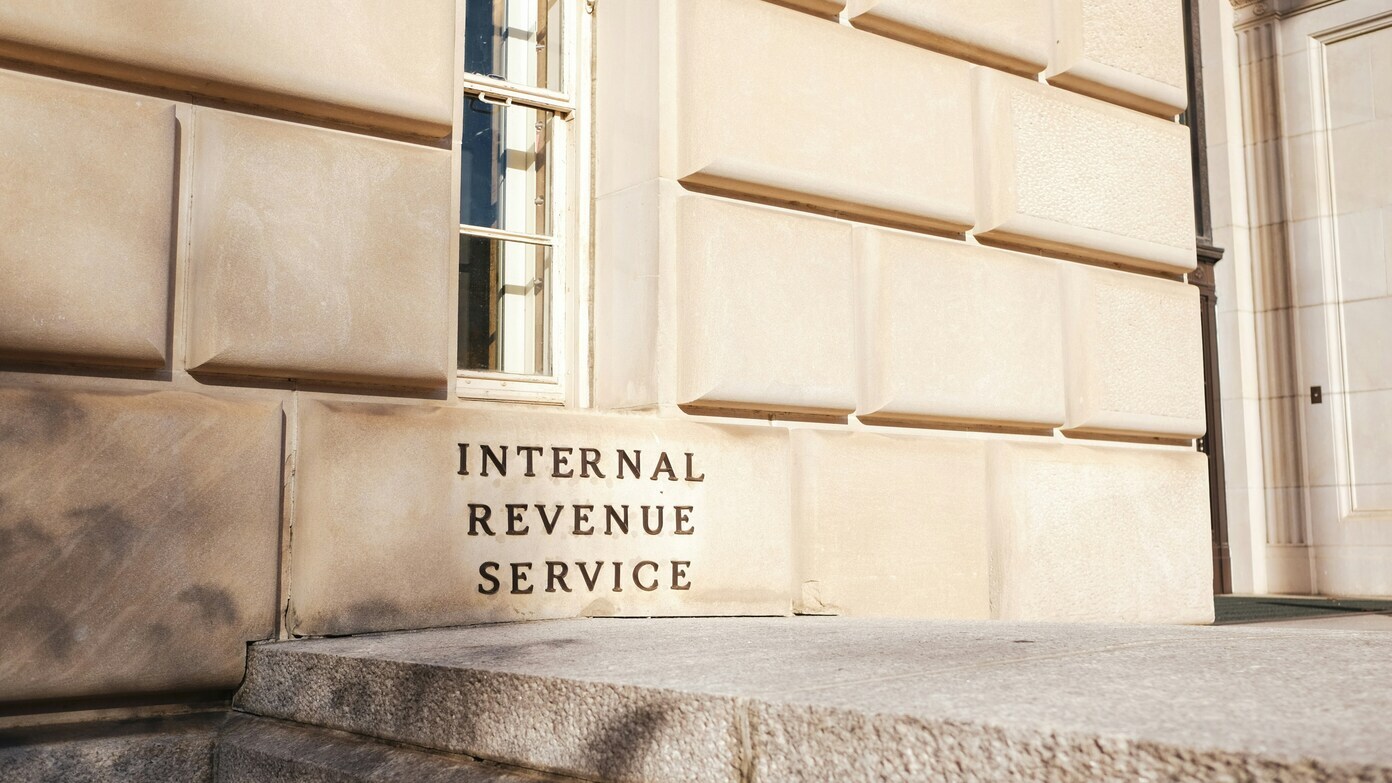Parents struggling with high childcare costs are about to get some relief. Starting with 2026 tax returns, the amount families can set aside tax-free in dependent care flexible spending accounts (DCFSAs) will permanently rise to $7,500, up from $5,000.
This is part of former President Donald Trump’s new tax law — the first major update to this benefit since 1986, aside from a short boost during the pandemic.
Bigger tax breaks for families
The law also improves the child and dependent care tax credit (CDCTC). Parents can now claim up to 50% of $3,000 in expenses for one child ($1,500 max) or $6,000 for two or more children ($3,000 max).
Both changes are great news for parents. But deciding which option — or combination — saves more money will depend on your situation.
“Usually the pre-tax dependent care FSA beats the dependent care credit because of the higher contribution limit,” says Richard Pon, a certified public accountant in San Francisco.
Why a dependent care FSA may be better
Tax credits usually sound better than tax deductions because they directly cut your tax bill. But in this case, the FSA offers a hidden advantage: it reduces federal, state, Social Security, and Medicare taxes.
- Tax credit: A $1,000 credit reduces your tax bill by $1,000.
- Tax deduction: A $1,000 FSA contribution only saves $220 if you’re in the 22% federal tax bracket — but when you add Social Security and Medicare tax savings, the total benefit grows.
Sara Taylor, senior director of employee spending accounts at consulting firm WTW, explains: “An FSA gives you savings throughout the year because less tax comes out of every paycheck. A credit only helps when you file your taxes — and it doesn’t increase your refund.”
How the numbers compare
Consider a family with two children, $7,000 in child care expenses, and $60,000 in income:
Using a DCFSA:
- $7,500 contribution saves $1,650 in federal taxes (22%)
- Plus $573.75 in Social Security and Medicare taxes
- Total savings: $2,223.75
Using the CDCTC:
- Qualifying expenses: $6,000
- Credit rate: 35% at $60,000 income
- Total savings: $2,100
Both help, but the DCFSA saves slightly more in this example.
Can you use both benefits?
Yes, but not for the same expenses. If you have more child care costs than your FSA covers, you may still qualify for a partial CDCTC. Your actual savings depend on your income, filing status, and employer plan rules.
Potential pitfalls of the new DCFSA
The higher $7,500 limit is great, but there are a few things to watch out for:
- Employers must opt in. Companies don’t have to raise their limit — and some may stick to $5,000. They must update their plans by December 31, 2025, to offer the increase.
- “Use it or lose it” rule. Any unused FSA money disappears at the end of the year. Low enrollment — only 2% to 5% of workers — suggests many people don’t understand this rule or are afraid of losing money.
- Fairness testing. Employers must ensure plans don’t unfairly favor higher-paid workers, which could affect how much is offered.
Even so, experts expect most companies to adopt the higher limit because it’s such a valuable benefit.
Read this later:
Can I stop an IRS audit if I pay the disputed amount?
$1,390 stimulus checks for low to middle income Americans: what’s the truth behind the latest news
If you invested $1,000 in MasterCard 10 years ago, here’s how much you would have today
IRS Form 1040-SR: what is it, instructions, how to fill it out and where to apply for seniors

